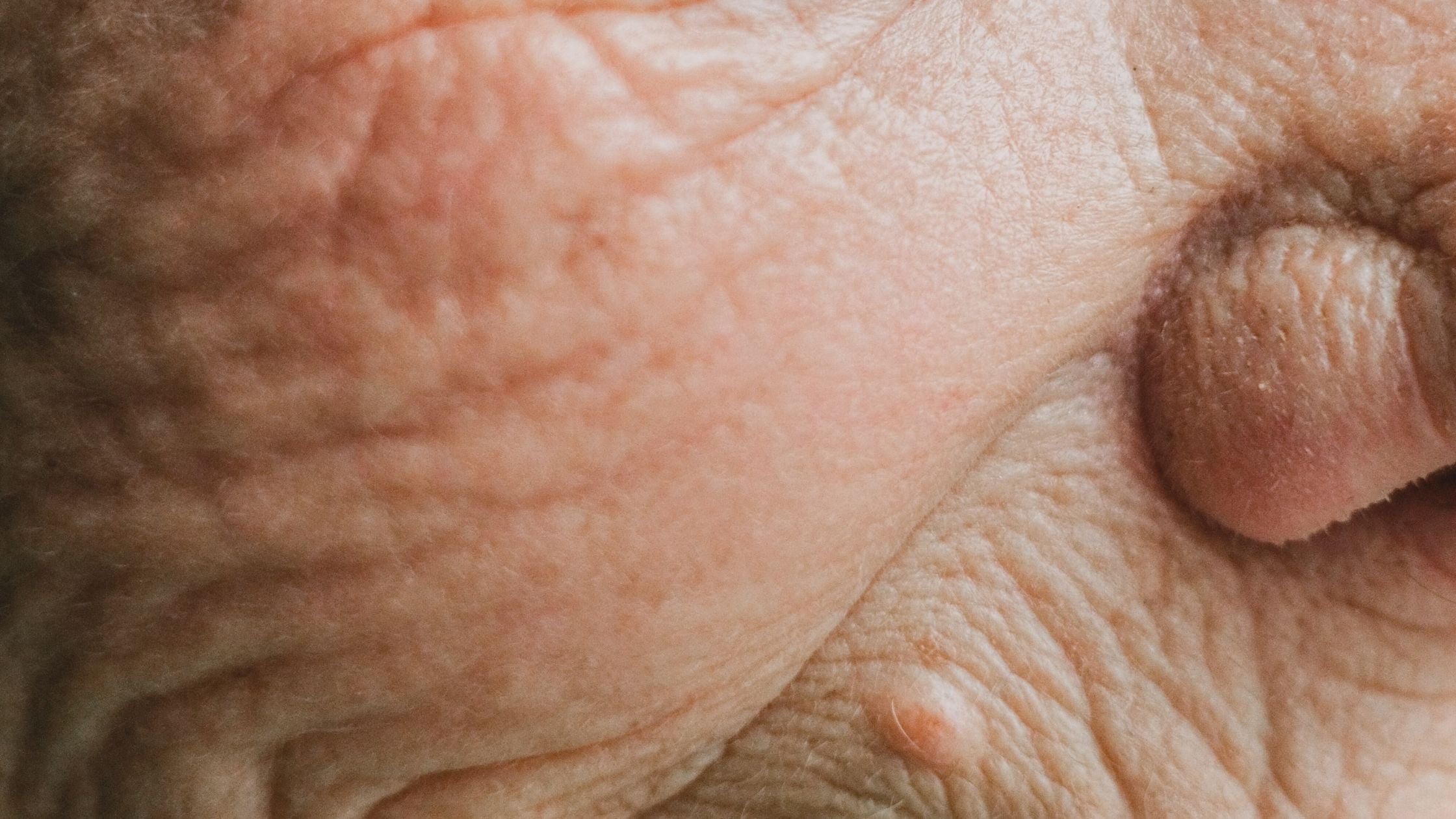Aging, Glycation, Ages

Getting older is inevitable. And unfortunately our bodies have processes that can trigger aging. Research has shown that waste created in our own body, called AGEs, accumulates in our body and wreaks all sorts of havoc. Aging and AGEs are quite different, but very much related.
What are AGEs?

AGES stands for Advanced Glycation End products. They are also known as glycotoxins.
Glycation, first introduced in 1912 by Louis-Camille Maillard, is the spontaneous non-enzymatic reaction of free reducing sugars with free amino groups of proteins and DNA. AGEs are the waste products that happen when glycation takes place. In other words, individuals consume sugar in excess, they combine with fats, proteins, and DNA to create AGEs. The formation of AGEs is a part of normal metabolism, however in excess, they can become pathogenic.
What do AGEs Do to Us?
There is some speculation that the more AGEs we have in our bodies, the quicker we age and the sooner our skin shows the effects. This happens because there is a loss of protein function that impairs the elasticity of tissues such as blood vessels, skin, and tendons. The most susceptible are what we need to keep our skin looking good; collagen and elastin.
AGEs combine to the proteins in the skin, drying it out and that causes wrinkles. If that’s what it does on the outside, imagine what happens inside!
There is some evidence that AGEs can trigger chronic diseases such as heart disease, cancer, diabetes, and Alzheimer’s. In fact they were found in excess in the brains of people with Alzeheimer’s. There is also research that shows that they might make tumors grow faster.
Sadly, there really isn’t much we can do about AGEs. They are a waste product and part of a natural metabolic process. There is also no enzyme that can counter them. Once an AGE is in your body, you’re stuck with it. They accumulate over the years.
Limiting AGEs

The recommended daily intake of AGEs is 15,000. Although that seems like a lot, our Western diets contain a lot of them. Even some foods that are considered healthy contain high AGEs, so it isn’t easy to limit them.
AGEs in a 3 oz serving:
-
Fruits and vegetables- Less than 50
-
Fast food chicken nuggets & burgers- 7800
-
Processed cheese 8700
-
Breakfast bar 2200
-
Tofu 5000
-
Butter 26,000
-
Bacon- 90,000!!!
AGEs also depend on how food is prepared. For example, 3 ounces of raw chicken contains 800 AGEs. When poached or steamed, it goes up to 1,000. Frying that same chicken increases AGEs to 8,000. Charred and carmelized foods are delicious, but especially full of AGEs.
Clearly, this information is a little scary because we can’t not eat. We also need a good nutritional balance to stay healthy, so limiting some foods is difficult. But if you are careful, you might be able to help yourself a little bit.
Limit foods that are high in fat and sugar as much as you can. This is good practice anyway. Preparation is important. It’s best to use moist heat such as steaming, poaching, crock pot, or pressure cooking. And cutting foods into smaller pieces before cooking helps cook it faster, producing fewer AGEs.
Some other tips for limiting the consumption of AGEs:
-
Don’t overeat
-
Acidic marinades may help: anything citrus or vinegar
-
Exercise
-
We recently did an article about carnosine and one of the studies we cited mentioned how carnosine may help block glycation.
Aging Well
Like aging, AGEs are a part of life. We can make small changes to limit their intake, but you can’t get rid of what you already have and you will always be adding more. It’s a bit depressing.
To put a positive spin on this, remember that you have just been given a little extra knowledge that you can choose to use. And also, not everyone gets to grow old! Always remind yourself of that when you get down about the inevitable.